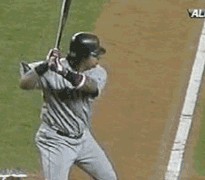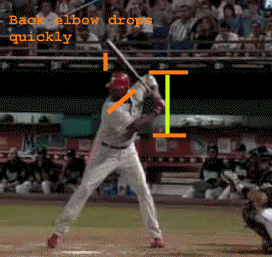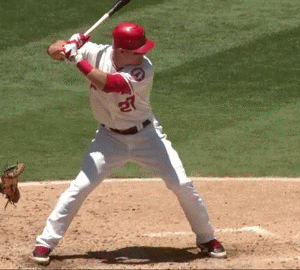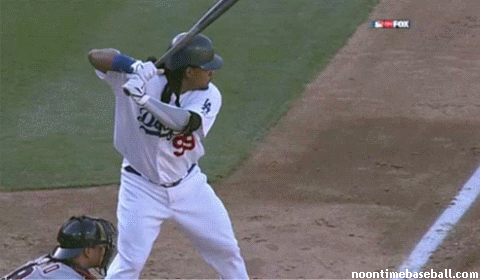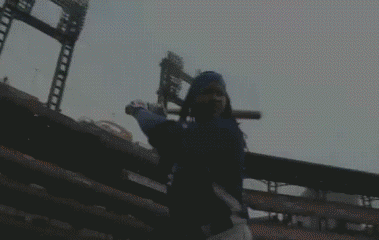
Thanks Noontimebaseball.com
J Booth. In this Manny clip do you believe the elbow slotting drives the hands/forearms to torque the barrel OR do you believe the hands/forearms torquing the barrel makes the elbow slot? I am referring to the initial move to swing not any movement thereafter.
Last edited:


